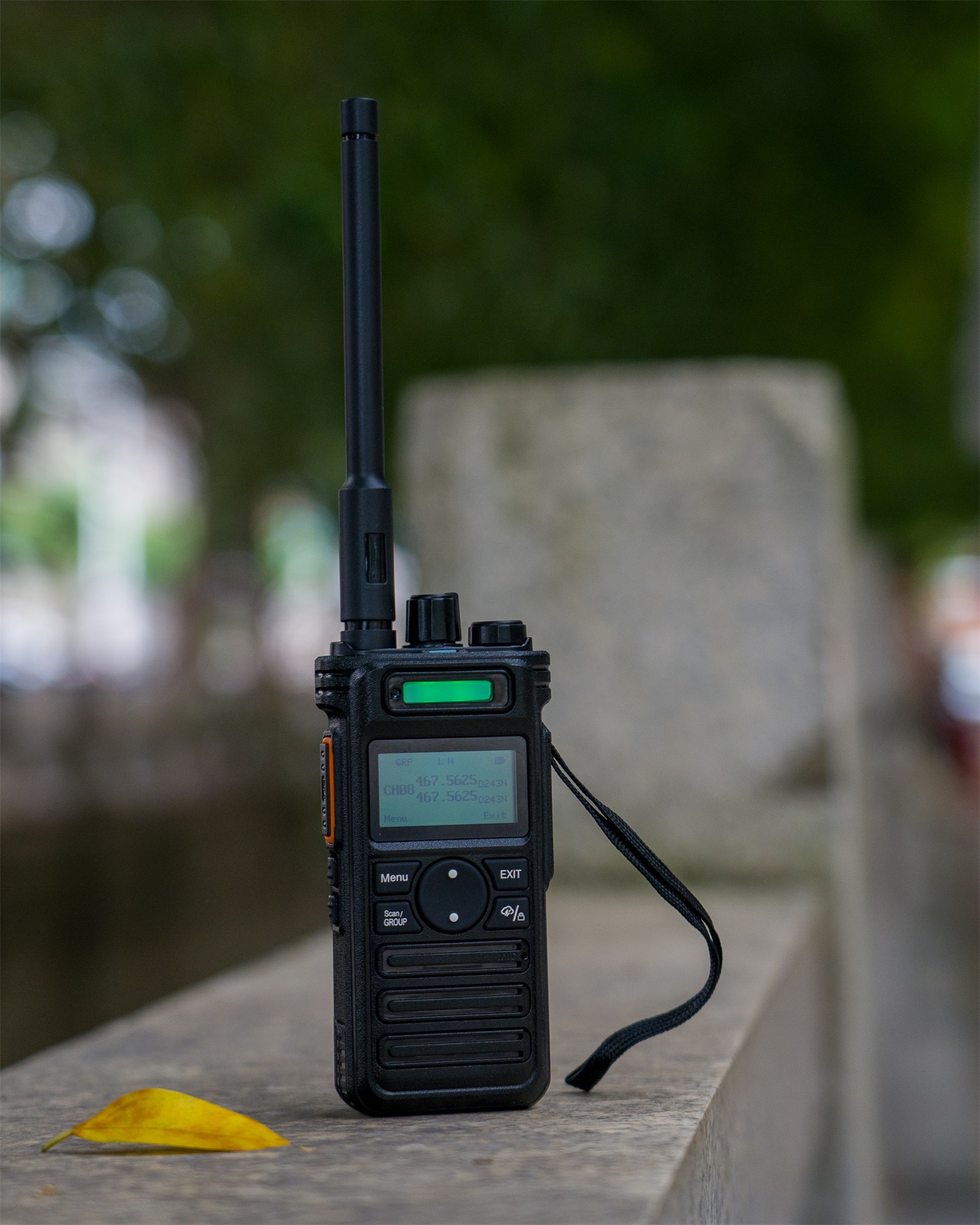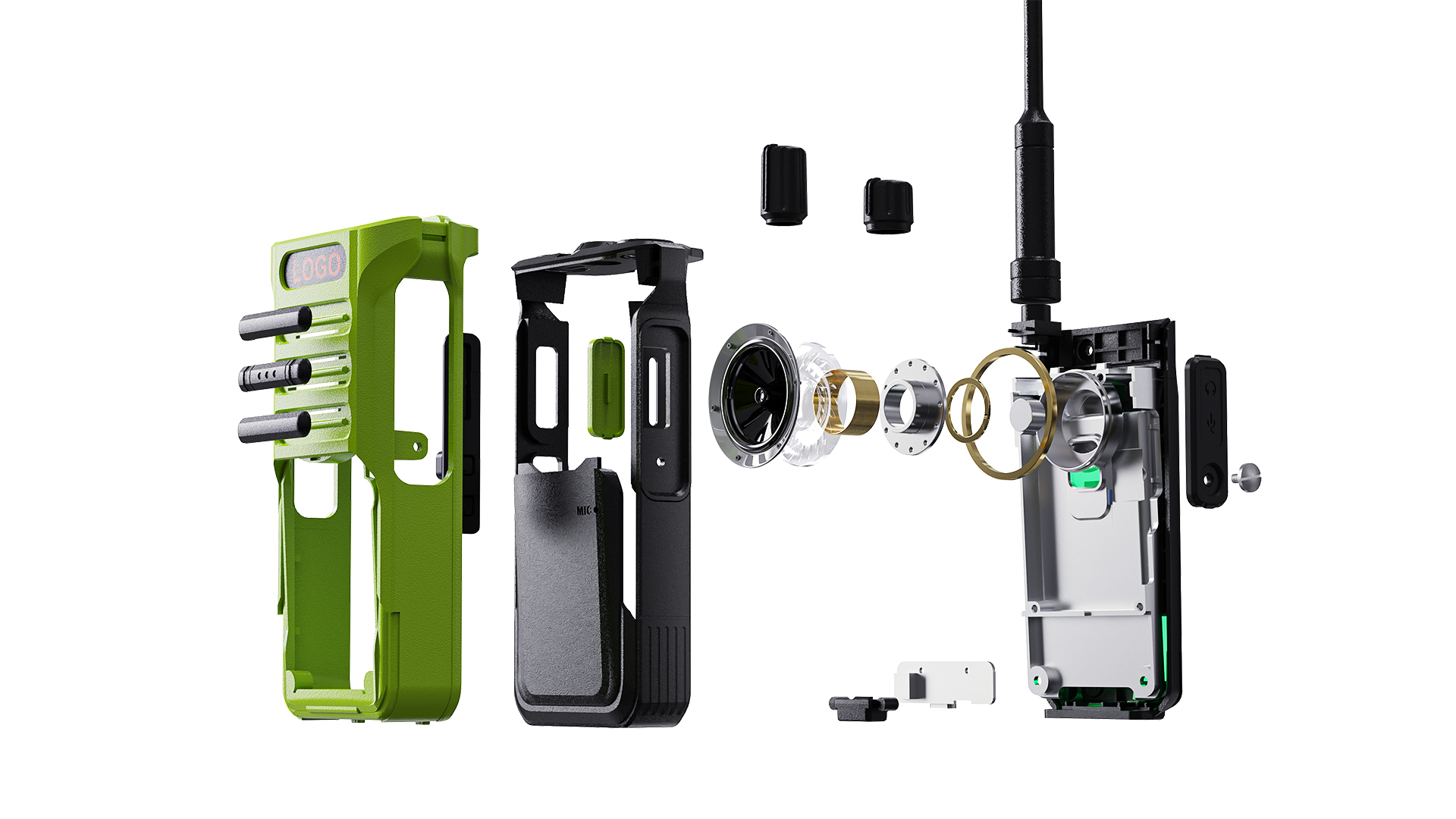Two-way radios, also known as walkie-talkies, are communication devices that allow users to transmit and receive audio signals over a short or long distance. These radios have become significant tools in various industries and activities, from construction sites to outdoor adventures and emergency services. Do you know how walkie talkies work?

Basic Principles of Walkie Talkies
A two-way radio operates on a simple concept of radio frequency (RF) communication, where it sends and receives signals using electromagnetic waves. These waves travel through the air and carry sound information between radios. When you speak into the microphone of a radio, your voice is converted into an electrical signal, which is then transformed into radio waves. These waves are transmitted over the air through an antenna to another radio, which decodes the signal and converts it back into sound via a speaker. When people want to talk to each other, they need to tune their devices to the same frequency.
Components of Walkie Talkie
Walkie-talkies are composed of several key components that work together to enable two-way communication.
Microphone/speaker: captures your voice and converts it into electrical signals, which are transmitted via the transmitter.
Antenna: antenna sends and receives radio waves, while the receiver converts incoming radio waves back into sound. After buying two way radios, the first thing is to put on the antenna.
Push-to-talk (PTT) button: is essential for activating the transmitter, allowing users to communicate seamlessly.
Battery: battery is the power source of walkie talkies. There are many types of walkie talkie battery. You can choose rechargeable battery for economical purpose. If you mostly use walkie talkie outdoor where is not convenient to charge, you can consider those which use AA/AAA battery.
Circuit boards: The circuit control functions like signal processing and frequency tuning.

Advanced walkie-talkies may also feature additional components like a display screen for channel or battery status, keypads for programming, and specialized technologies such as Bluetooth modules or GPS for enhanced functionality. These components combine to deliver reliable, instant communication across diverse settings.
There are two key elements that make two-way radios functional:
Transmitter: The transmitter is responsible for converting sound into radio waves and sending the signal out to other radios.
Receiver: The receiver picks up the radio waves transmitted from other radios and converts them back into audio signals, which are heard through the speaker.



